 Home > News Center > Industry News > Top 10 Most Expensive Metals Ranking (Top 10 Most Expensive Rare Metals)
Home > News Center > Industry News > Top 10 Most Expensive Metals Ranking (Top 10 Most Expensive Rare Metals) When most people mention precious metals, they first think of gold and silver, but there are actually many metals that are more expensive than gold. The value of metals depends on their rarity, extraction difficulty, characteristics, and market demand. Here are the top ten most precious metals:
1. Rhodium
Discovered by William Wollaston in 1803, it was named after the rose colored rhodium salt solution. It is the most expensive precious metal, belonging to the platinum group elements, with a content of only one billionth in the earth's crust and difficult to disperse and aggregate. Rhodium has a high melting point and strong corrosion resistance. Due to its reflective properties, it is used in lighting, mirror manufacturing, automotive catalysis, and jewelry scratch resistant finishes. Its price once reached four times that of gold. The characteristics are silver white, hard, and corrosion-resistant. The main producing countries are South Africa, Russia, Canada, etc. In China, more than 95% of platinum group metals are distributed in five provinces including Gansu.
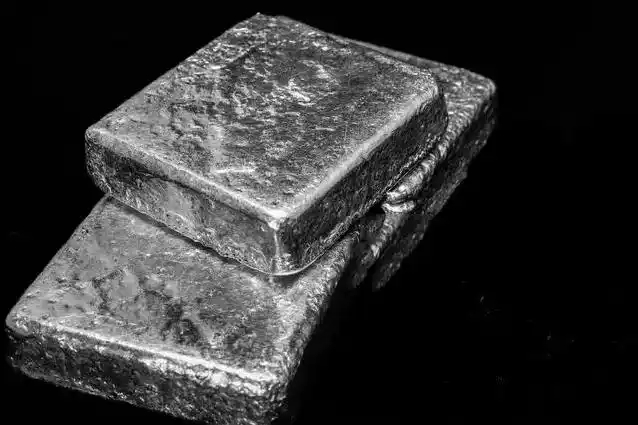
2. Palladium
In 1803, British chemist Wulaston discovered platinum ore. It is the second most precious metal in the commodity market, about 30 times rarer than gold and platinum. Previously valued below gold and platinum, in 2019, due to a significant increase in demand for diesel catalytic converters, the price surpassed gold. It is a key material for high-tech industries such as aerospace and aviation, as well as automotive manufacturing. It can convert 90% of harmful gases in automotive exhaust and is also used for electroplating, manufacturing precision resistors, and jewelry. The characteristic is the lowest melting point and density, with production countries including Russia, South Africa, and the United States.
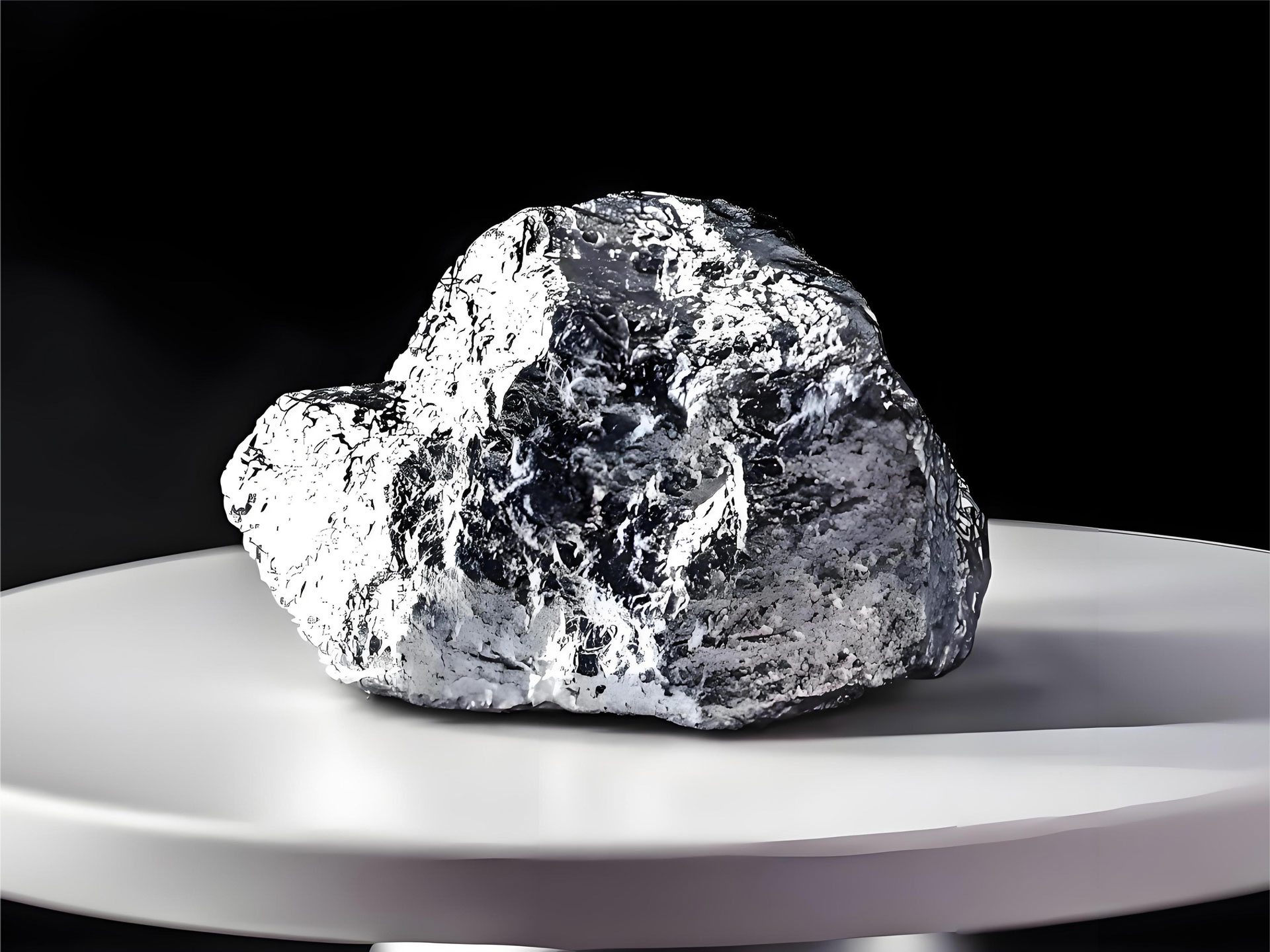
3. Gold
The familiar 'king of metals' has outstanding anti inflation and hedging functions. It is a single element of the chemical element gold (Au), rare, precious, and highly valued. International units are measured in ounces, while ancient Chinese units were measured in "liang". Gold is a universal currency that can be exchanged in various places, with a stable status and recognized as an asset. It has a wide range of applications, except for jewelry, and is important in fields such as electronics and aerospace. It has good electrical and thermal conductivity, stable chemical properties, corrosion resistance, and is not oxidized at high temperatures. It is widely used in aerospace. The main producing countries are China, the United States, Russia, etc.
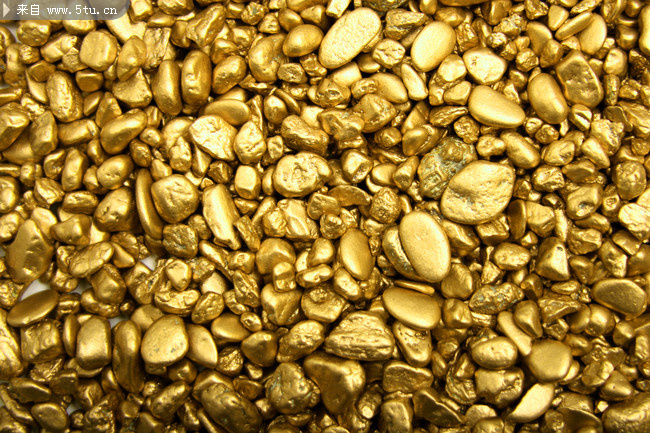
4. Iridium
Discovered in 1803 in insoluble impurities of platinum, named after the Rainbow God. It is a rare element in the Earth's crust, with an annual production and consumption of only three tons. Chemically stable, it is the most corrosion-resistant metal, insoluble in acids, and dense iridium is not corroded by boiling aqua regia. Used in metallurgy, medicine, automotive and other fields, such as steel pen tips, surgical instruments, rocket engine components, etc. It is also used for treating cancer, manufacturing spinnerets, improving alloy hardness, making spark plug contacts, non-destructive testing, unmanned spacecraft and X-ray telescopes, etc. Characterized by corrosion resistance, high melting point, and silver white color, it is mainly produced in countries such as Brazil and the United States.
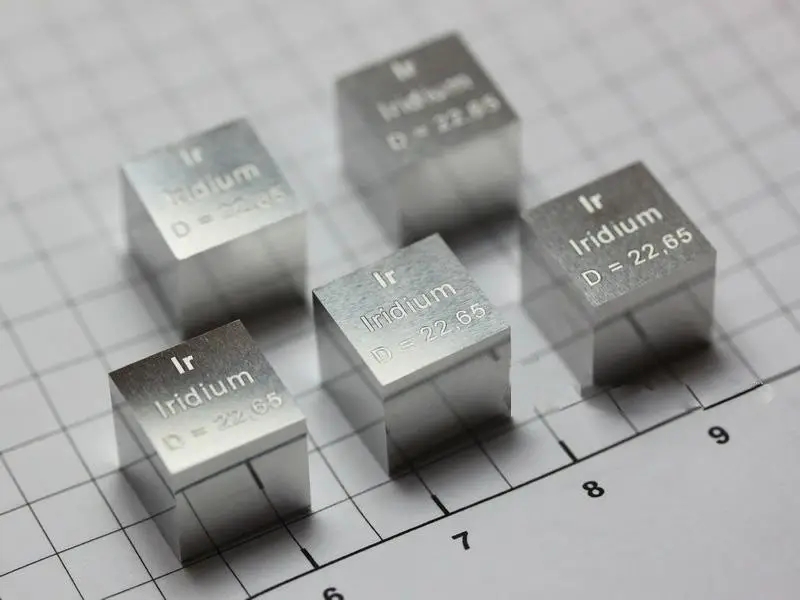
5. Platinum:
Discovered in the early 18th century, commonly known as platinum. It is a natural white precious metal with stable chemical properties, insoluble in strong acids and bases, non oxidizing, only soluble in aqua regia and alkali metal cyanides. Initially considered inferior silver, it has since been widely used in jewelry and industrial fields such as fuel cells, dentistry, electronic components, and healthcare due to its natural purity, rarity, and colorfastness. Characterized by white color, high temperature resistance, and natural, South Africa is the country with the richest platinum resources.
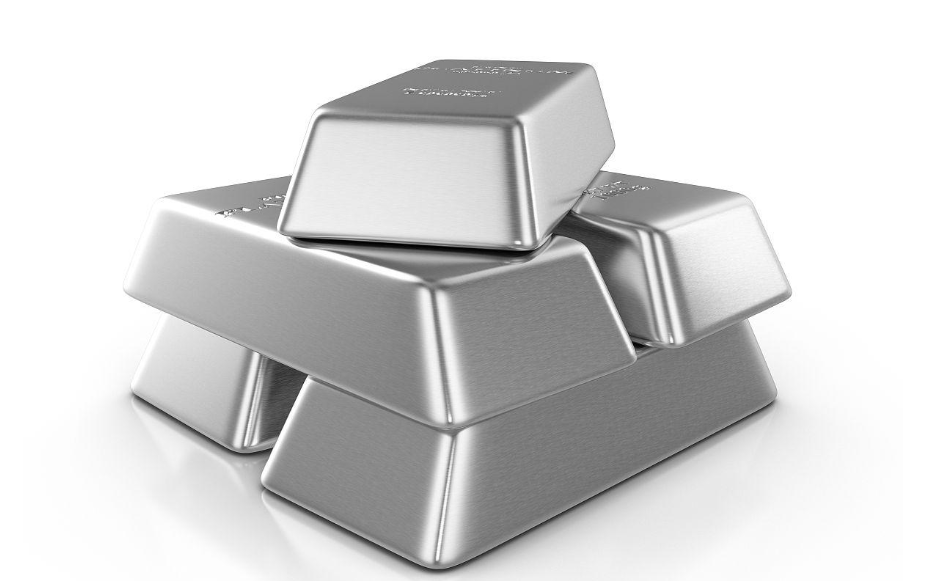
6. Osmium:
The world's densest rare metal, extremely difficult to mine, with a melting point exceeding 3000 degrees. Density 22.59 grams per cubic centimeter, extremely brittle, powder in blue black color, stable in air, insoluble in ordinary acid and aqua regia, and toxic in vapor. Discovered in 1803, the name comes from its volatile and foul smelling oxides. Mainly used for hardening alloys, electrical contacts, and filaments. The producing countries include Russia, North America, and South America.
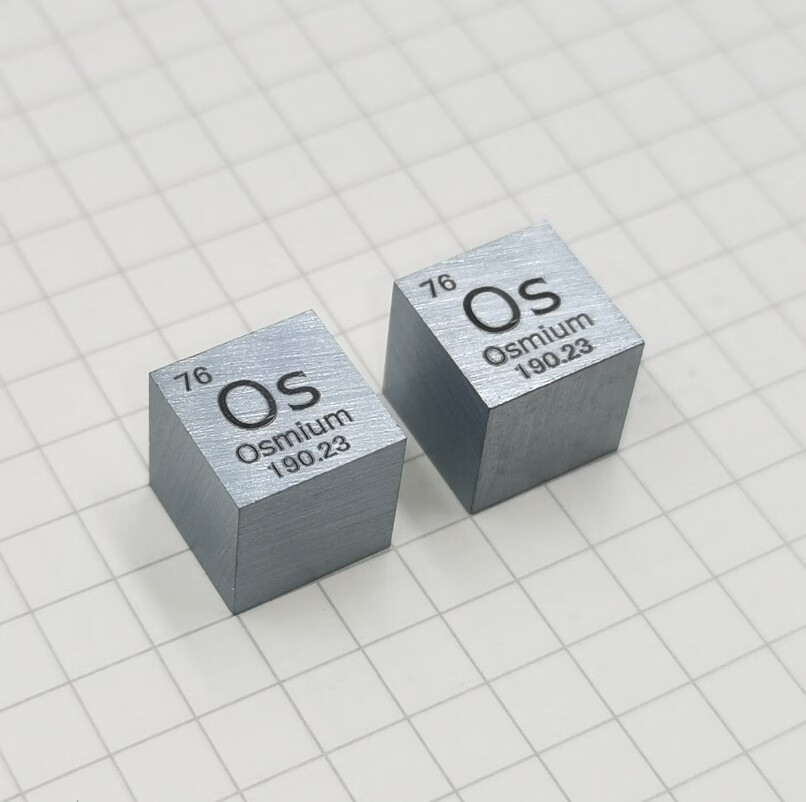
7. Ruthenium:
Platinum group rare transition metals, with a content of only one billionth in the Earth's crust, were discovered in 1844. Commonly used in the production of electronic products such as electrical contacts, wires, electrodes, as well as electrochemical catalysts and extreme ultraviolet light mask coatings. The characteristic is light gray, strong fire resistance, hard and brittle, produced by countries such as Russia and North America.
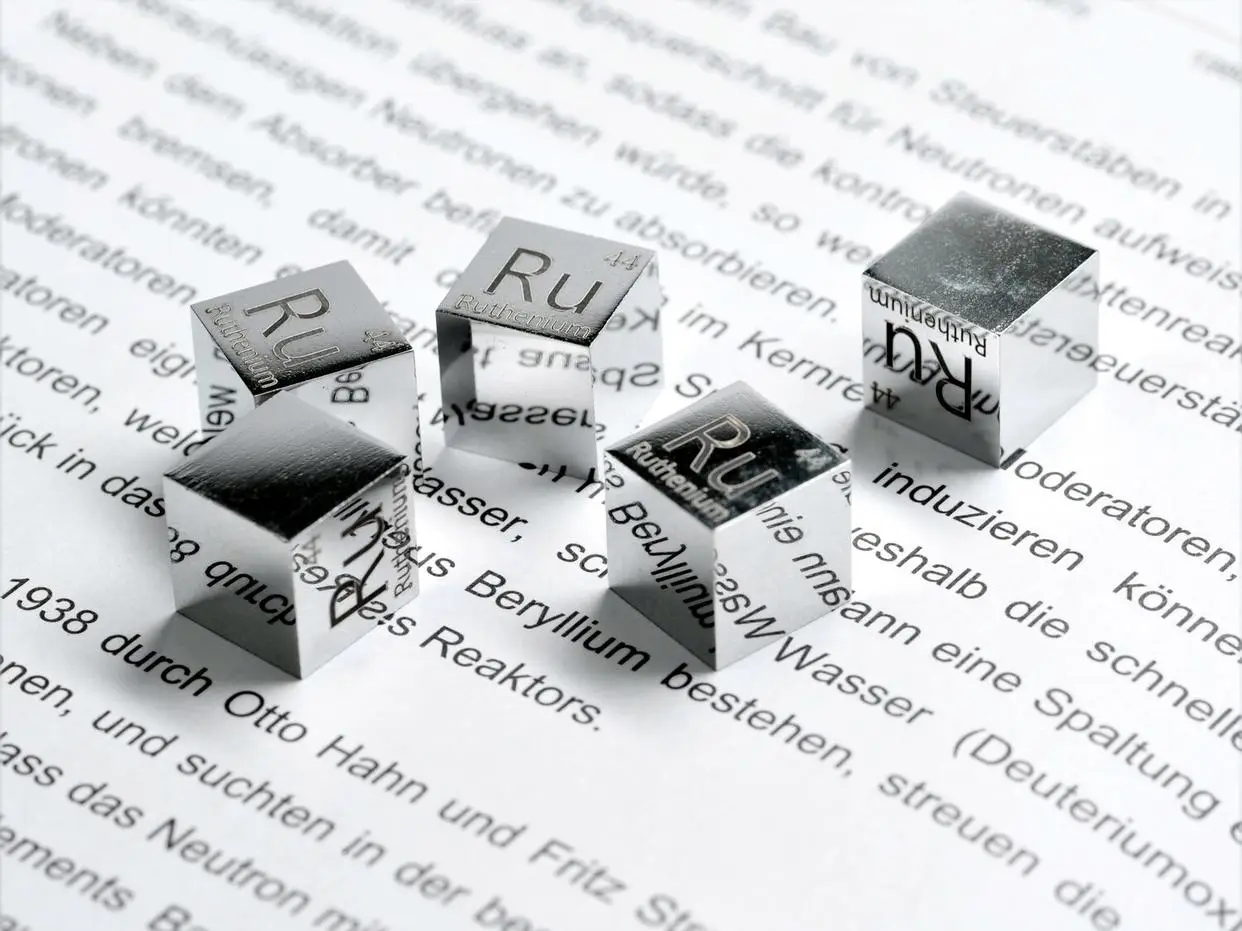
8. Rhenium:
Truly rare elements, with a lower content in the Earth's crust than rare earth elements, do not form fixed minerals, and are often associated with other metals. They were discovered in 1908 and named after the Rhine River. It is a high melting point metal that is difficult to obtain and expensive compared to diamonds. Used for manufacturing jet engine components and chemical catalysts, it is important in military strategy. The main producing countries are Chile, Kazakhstan, and the United States.
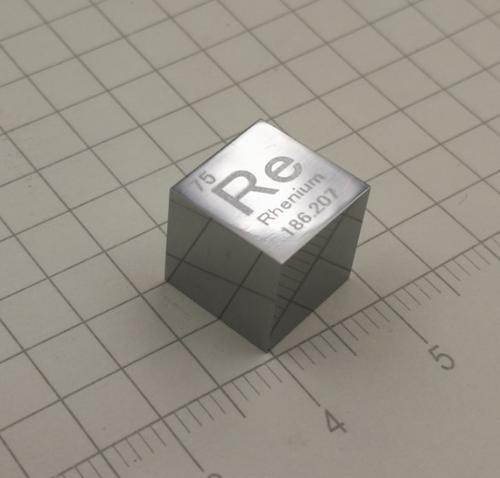
9. Silver:
The chemical symbol Ag is a silver white transition metal with stable chemical properties, excellent thermal and electrical conductivity, and a reflectivity of over 99%. Compound minerals are commonly found in nature and have good ductility. Discovered in ancient times, it has a wide range of uses, including jewelry, coin making, photography, dentistry, batteries, and circuits. It can also control odors and prevent bacterial transmission. The main producing countries are China, Peru, etc. China's silver ore reserves rank sixth in the world.
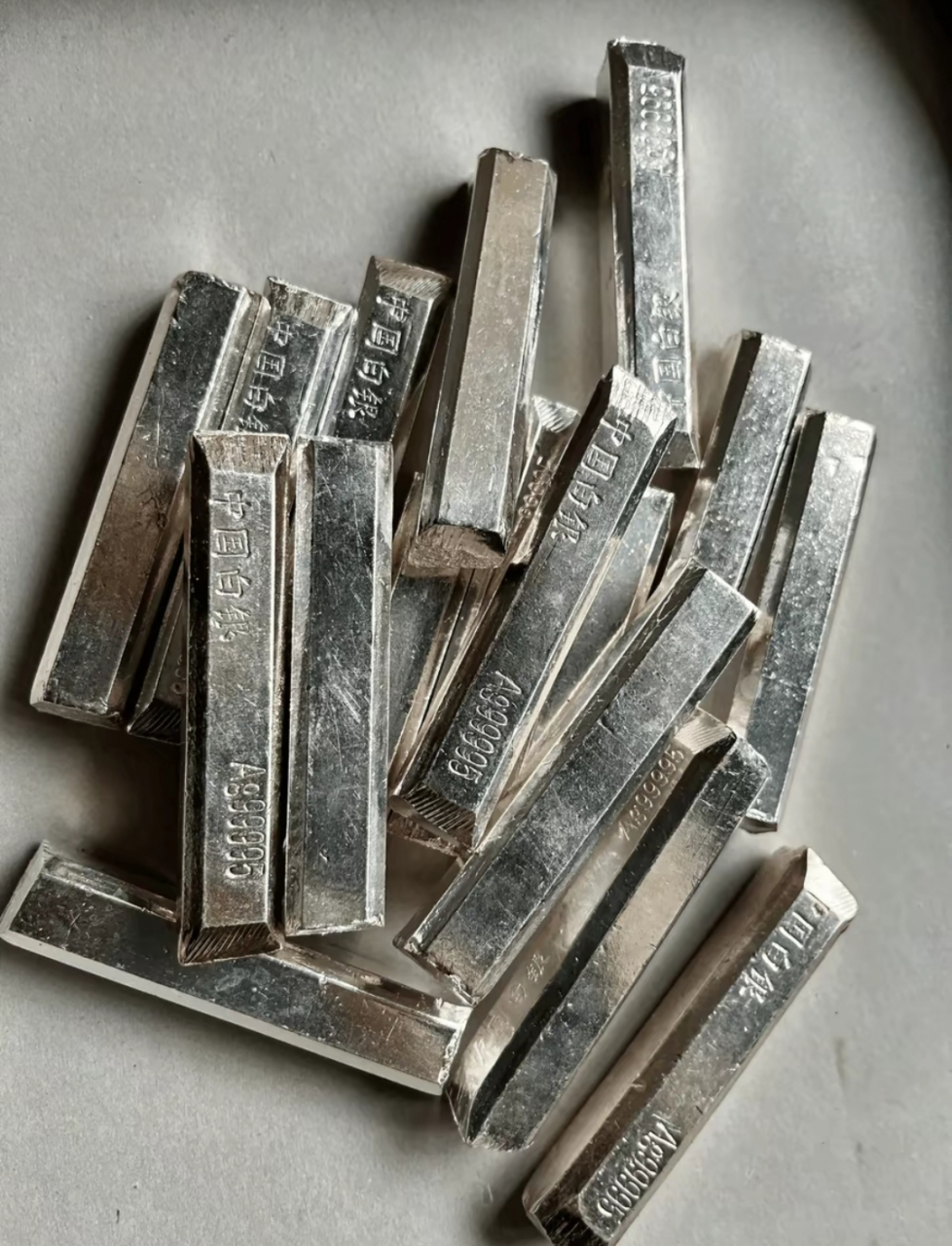
10. Indium:
The softest metal on Earth, formed by processing zinc ore. Discovered in 1863, it emits a cry like sound when bent. Commonly used in the semiconductor industry, such as alloys, solder, high vacuum seals, and also in the manufacture of corrosion-resistant mirrors. The development of flat panel displays has led to a significant increase in demand for indium in the international market, and there is currently no substitute material available. The main producing countries are China, Japan, and South Korea.
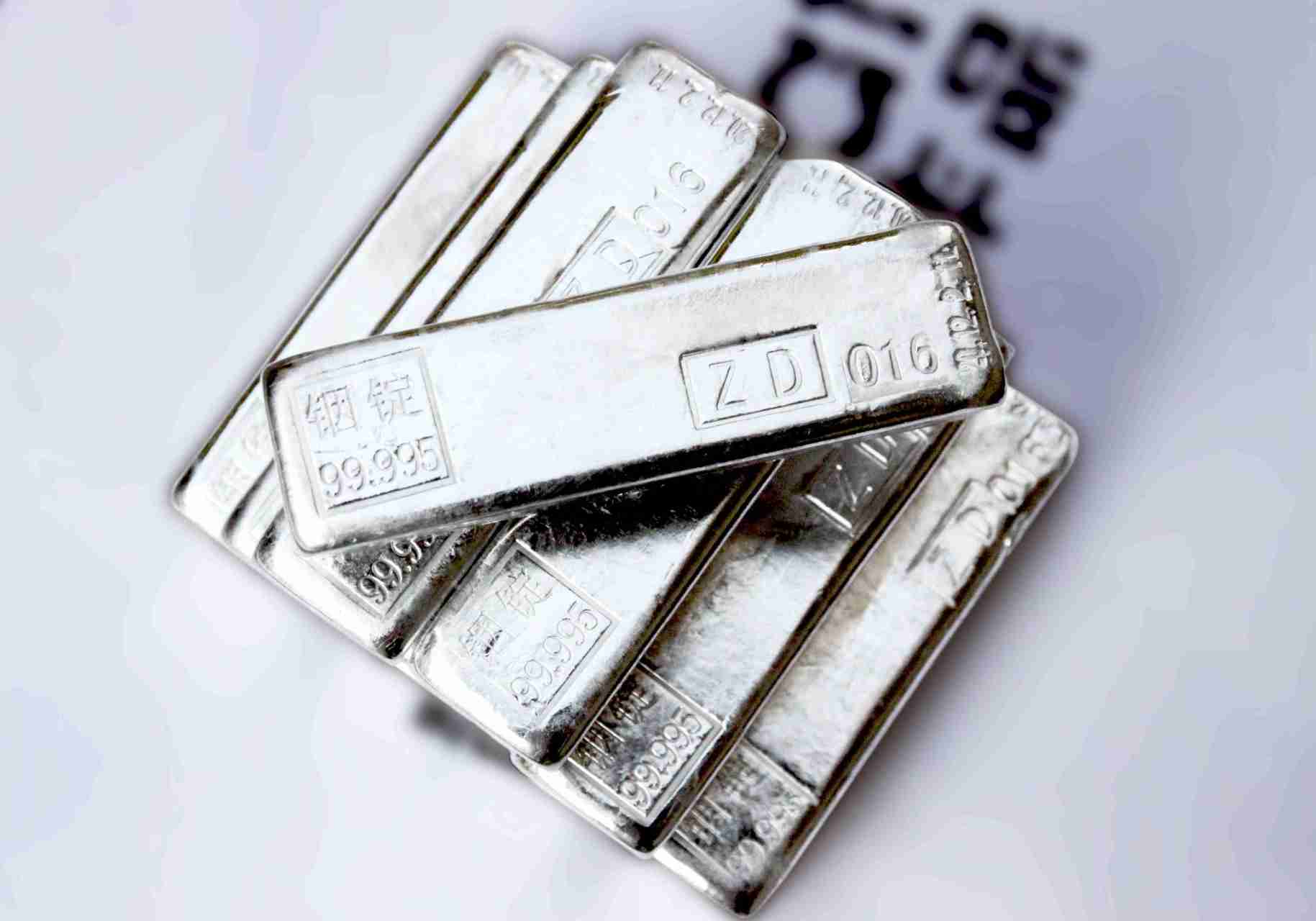
Related News